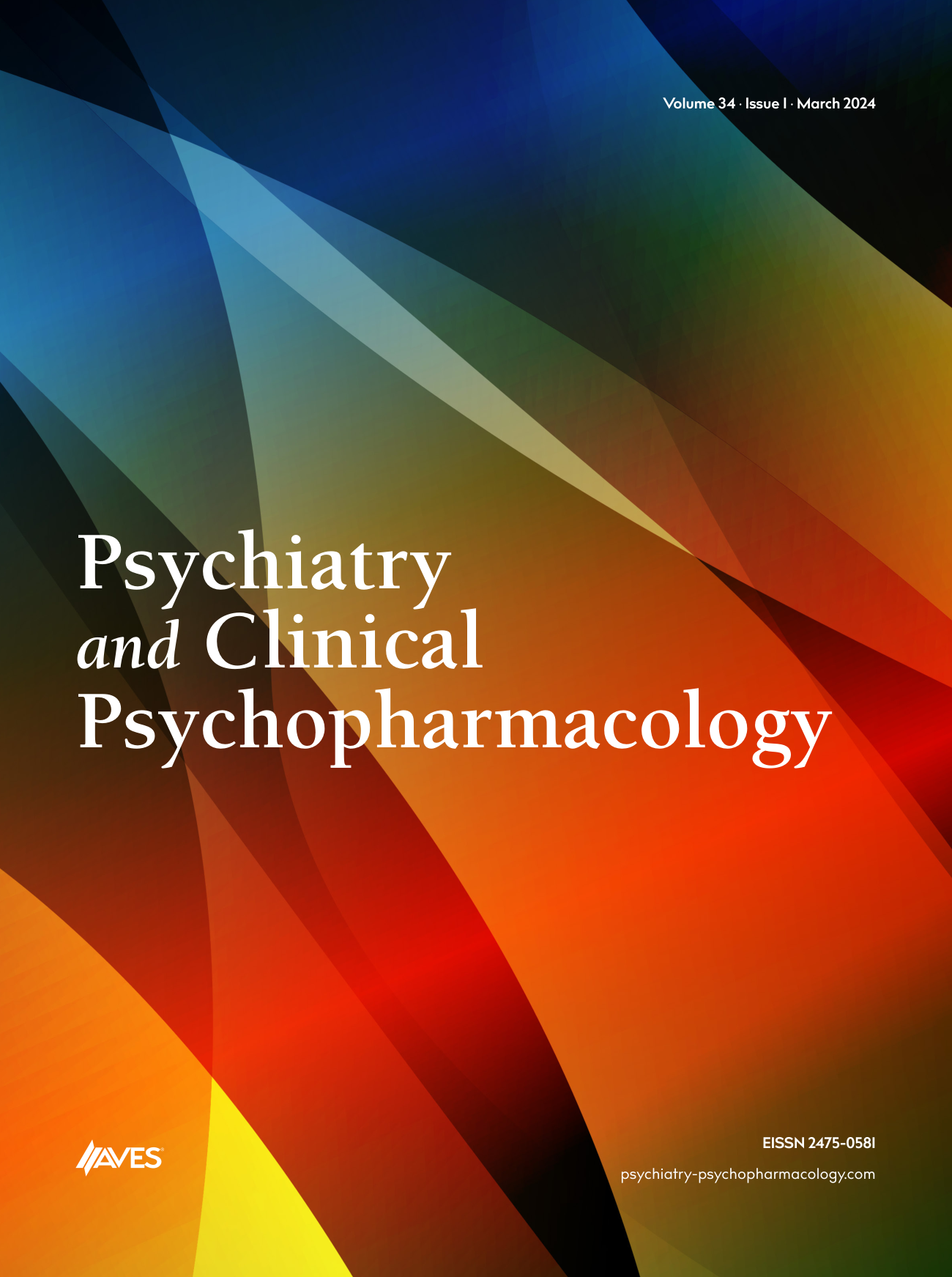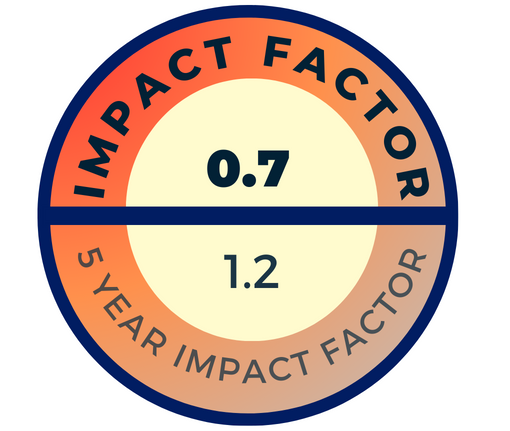Thyroid disorders have long been associated with psychiatric illness, commonly mood disorders. Mood disorders with hyperthyroidism are classified as mental disorders due to a general medical condition in DSM-IV-TR. Physicians should consider a comorbid hyperthyroidism in bipolar manic patients only partially responsive to standard care treatment with a mood stabilizer and antipsychotic. Restoring the euthyroid state should first treat psychiatric disorders secondary to hyperthyroidism. A 39-year-old male with history of 13 years of Bipolar Affective Disorder(BAD) applied to our emergency department with a 1-month of history of aggression,impulsive behaviour, irritability, decreased sleep, talking and laughing to himself, harming to environment and leaving home without notice. His last episode occurred 9 years ago and he has been regularly taking 600 mg lithium carbonate once daily, since that time. At the emergency department, mental status examination revealed that he was poorly groomed, his psychomotor activity was increased, his mood was irritabl, affect was constricted, rate of speech was increased, his thought process was increased and associations was loosened. He denied auditory and visiual hallucinations. He had paranoid and persecutive delusions related to his family. He had no insight and his impulse control was markedly reduced. Then he was hospitalized considering an apparent manic episode and antimanic agents was started. Due to increased free T3 level on routine laboratory evaluation and unresponsiveness to these agents despite appropriate dosing and timing , he was consulted to a family physician. Afterwards, 5 mg methimazole once daily was added on the existing treatment regimen and its dose has gradually been increased up to 20 mg once daily in order to reach euthyroid state and alleviate manic symptoms. Because of continuing increase of free T3 level and deterioration of his clinical state, he was referred to an internist. Methimazole was stopped and propranolol 40 mg once daily and propylthiouracil 100 mg TID was appended to current psychotropic drugs. In a short period of time, he became euthyroid and his clinical state and functioning dramatically improved. Our case is considerable because evolution of thyroid status and starting acting antithyroid agents like propylthiouracil and propranolol right after detection of hyperthyroidism is important for controlling symptoms of BAD and a better clinical outcome.



